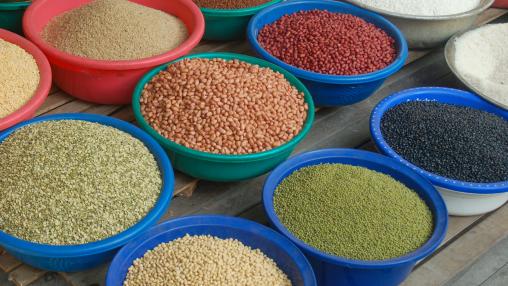
Decreased Harvests, Rising Prices Mean Hunger across Southern and Eastern Africa
The unusually strong 2015-2016 El Niño cycle has caused widespread drought throughout southern and eastern Africa, triggering delayed planting and crop failures, particularly in South Africa , Mozambique , Malawi, Botswana, Swaziland, and Zimbabwe. The drought, coupled with recent record-high temperatures, could drive as many as 36 million people into increased hunger in the region, according to an article in The Guardian .
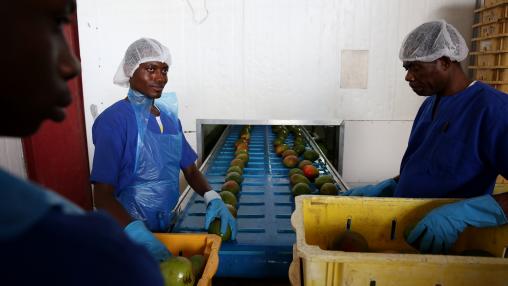
Ensuring Food Security Beyond a Middle Income Africa
Over the past two decades, Africa’s overall GDP has doubled, and GDP per capita has grown by more than one-third. In Africa south of the Sahara, gross national income per capita increased from 1.3 percent in 1994-2004 to 2.3 percent in 2004-2014. Despite this impressive progress, however, it has still not been enough to lift millions of Africans out of poverty. What has driven this period of strong, rapid growth, and how can it be sustained and expanded in a long-term, inclusive way?
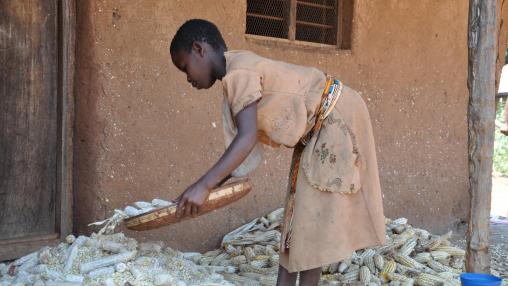
Maize Export Ban Found to Hurt Rural Poor in Tanzania
In recent years, export bans on staple crops have become more and more common as countries attempt to safeguard their domestic food supplies and protect their populations from international food price spikes. Research has shown, however, that such policies often do more harm than good, reducing the prices that local producers receive for their goods and increasing uncertainty in the market for both farmers and traders.
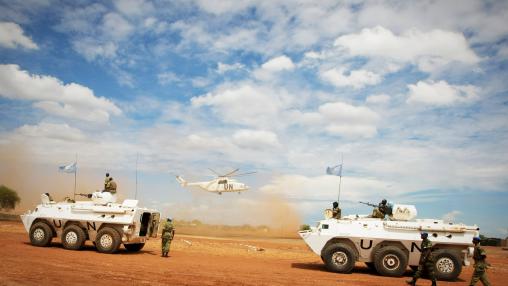
Armed Conflict and Hunger
The latest Global Hunger Index (GHI) was released this week by the International Food Policy Research Institute, Welthungerhilfe, and Concern Worldwide. Presenting an annual, multidimensional measure of national, regional, and global hunger, the 2015 GHI utilizes data and projections from various UN agencies for 2010-2016 and provides scores from 9.9 or lower to denote “low” hunger to 35-49.9 to denote “alarming” hunger. (For more information about the 2015 GHI and overall global results, please read this new post on the global Food Security Portal.)
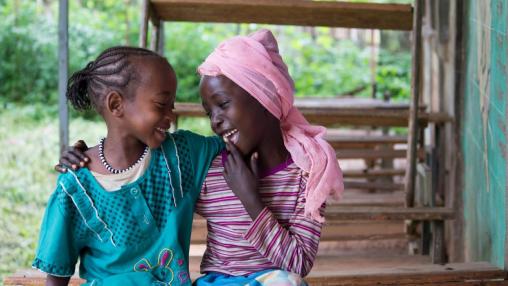
Tanzania: School Feeding Programmes Can Boost Girls' Ability
This piece was originally published on AllAfrica.com . Written by Deogratias Mushi.
In 2009, the United Nations estimated that 60 per cent of the world's chronically hungry people were women and girls, 98 per cent of whom were living in developing nations.
This result is, many girls drop out of school or perform poorly, hence denied opportunities to aspire for higher levels of education. When girls go hungry in Ward secondary schools, they will not have enough energy for going through all school activities, as a result they will either sleep or abscond from school.
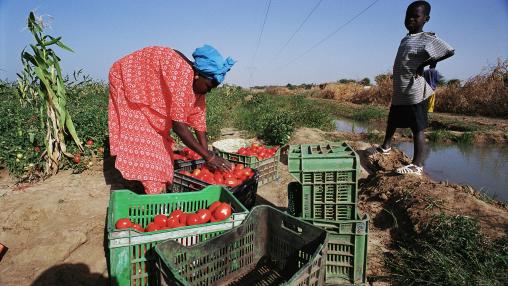
Measuring Food Access: Why Research Methods Matter
Food security is a simple phrase that encompasses an incredibly complex concept.
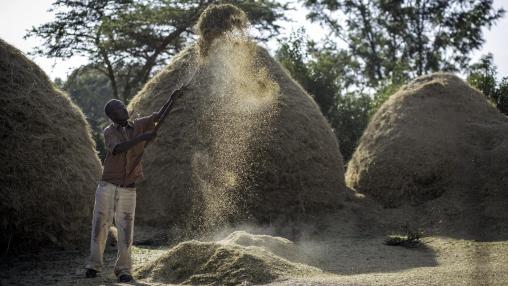
What Is Driving Agricultural Productivity in Ethiopia?
Over the past decade, Ethiopia’s agricultural productivity has exploded, particularly for cereal crops. This expansion in agriculture has led to impressive economic growth, but it’s unclear exactly what is behind the advance in productivity. Additionally, Ethiopian agriculture relies heavily on smallholder farmers, and some researchers are concerned that the recent growth may not be sustainable on the country’s increasingly small landholdings.
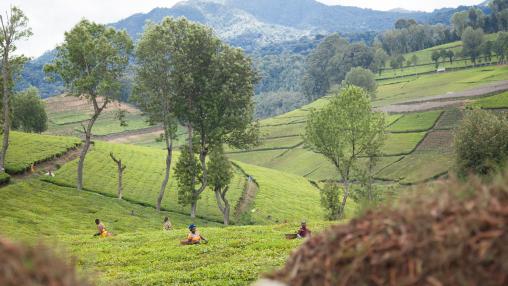
Changing with the Seasons: Ethiopian Diets and Seasonality
Seasonal agricultural changes can impact rural households’ diets and income, affecting their long-term health and welfare. Changes in diet quality are of particular concern, as diets lower in nutritional diversity have been shown to increase the risk of chronic undernutrition, micronutrient deficiency, and cancer and cardiovascular disease.
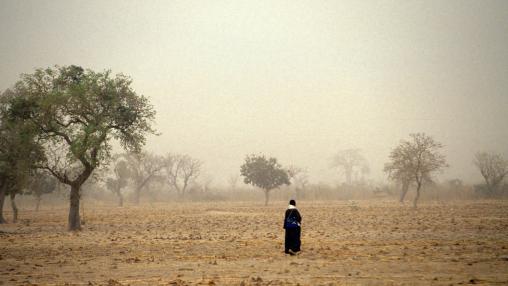
Climate Change and Smallholder Agriculture in Africa south of the Sahara
Smallholder farmers produce 80 percent of the food in Africa south of the Sahara, playing an important part in the region’s economy. But climate change is placing greater constraints on traditional agricultural methods, and farmers, both large and small, must find ways to adapt to this new environment.